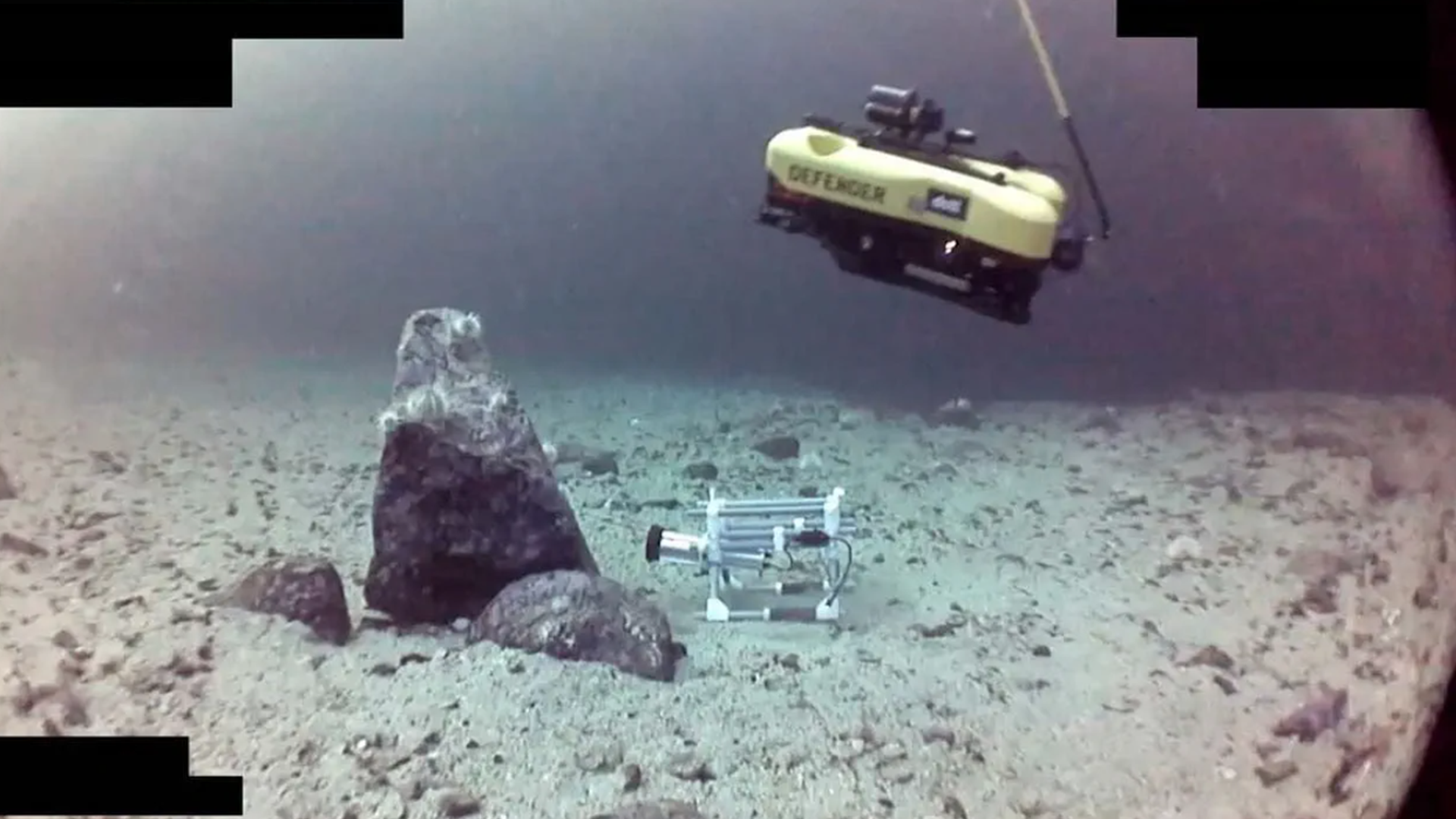
Testing time for Royal Navy robot designed to counter sabotage threats under the sea

An underwater robot designed to tackle sabotage threats and deal with unexploded bombs is being tested by the Royal Navy.
The remotely operated vehicle (ROV) has been adapted by the Defence Science and Technology Laboratory (Dstl) to neutralise legacy ordnance and protect critical undersea infrastructure like cables and pipelines.
Capable of diving deeper and staying underwater longer than human divers, the robot can detect explosive devices and place charges to safely destroy them – all controlled from the surface.
Dstl explosives engineer John, whose surname has not been disclosed for security reasons, said: "This technology would be a valuable toolset for keeping our Armed Forces safe whilst providing the public with value for money.
"This unique capability with its sensors, tools and cameras will give operators a real-time ability to deal with these underwater hazards in a safe, effective and efficient way."
The robot feeds live sonar and video images to its operator and can be launched from either a ship or the shoreline.
It is designed to be reused, offering a cost-effective alternative to one-time-use equipment.
Dstl says the system will work in tandem with other underwater robots to scan the seabed and respond quickly to potential threats.
Trials have already taken place in Portsmouth, Portland, South Wales and Norway.









